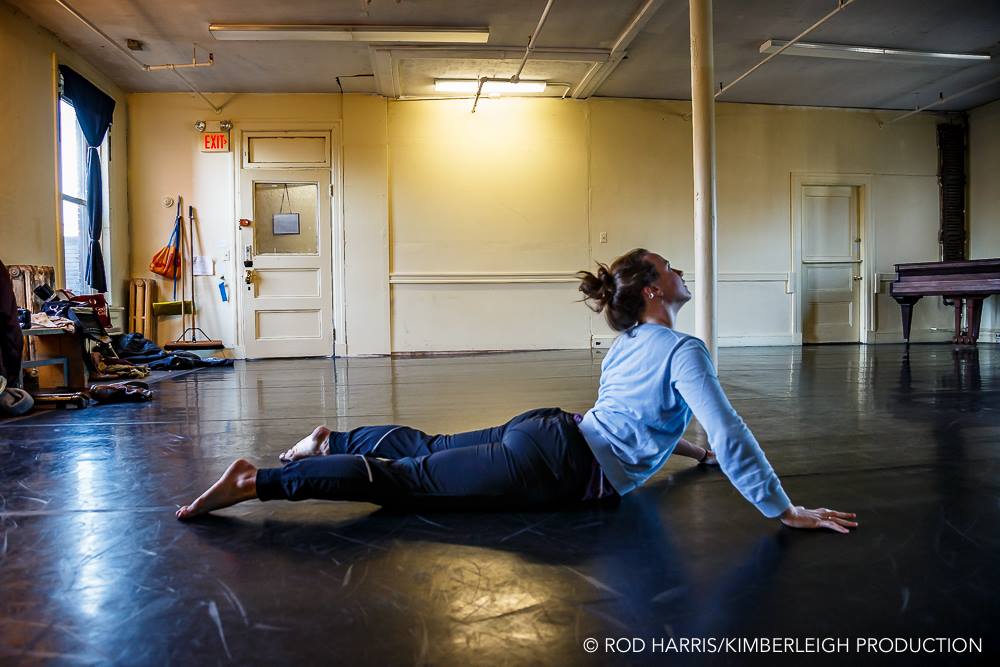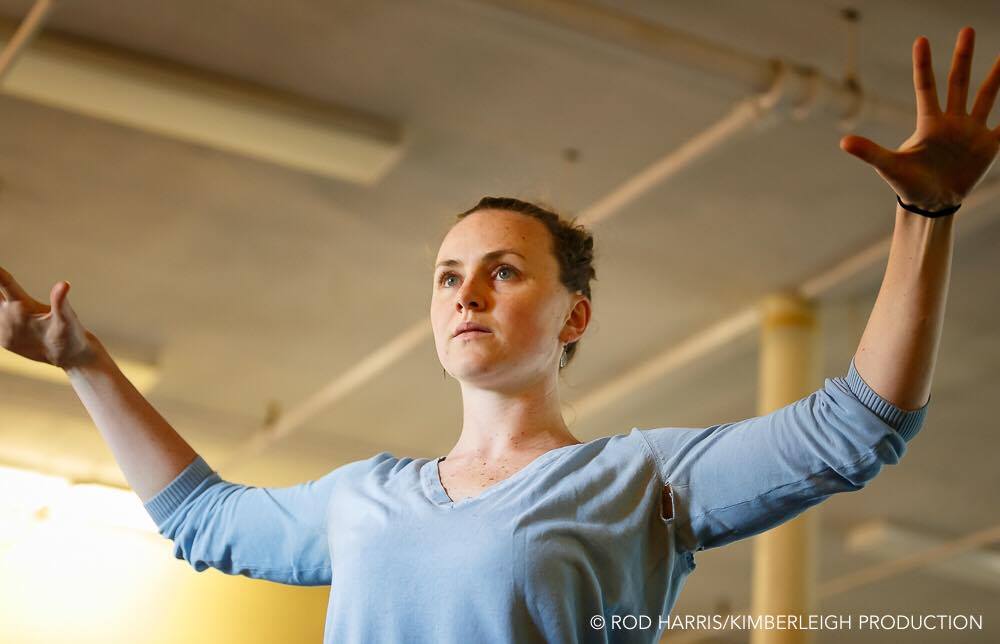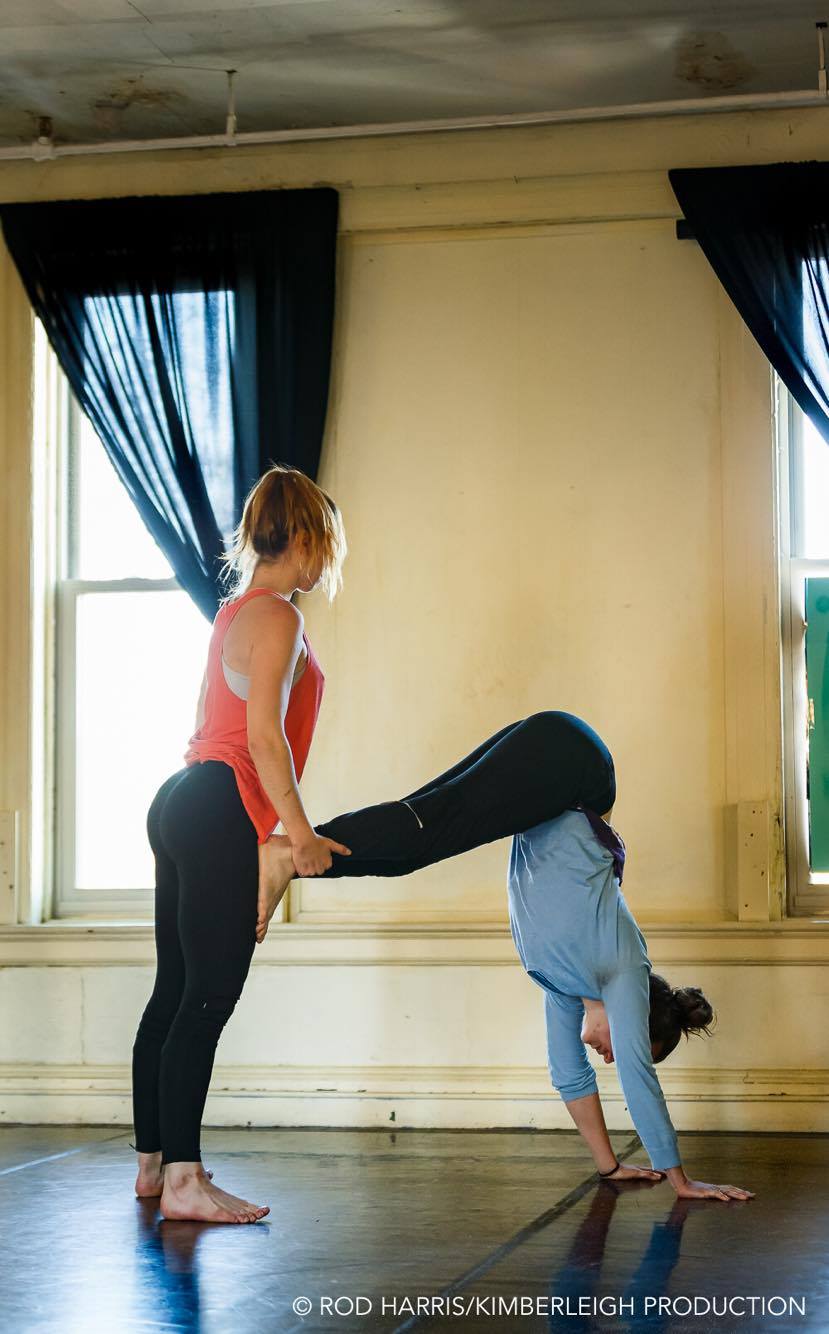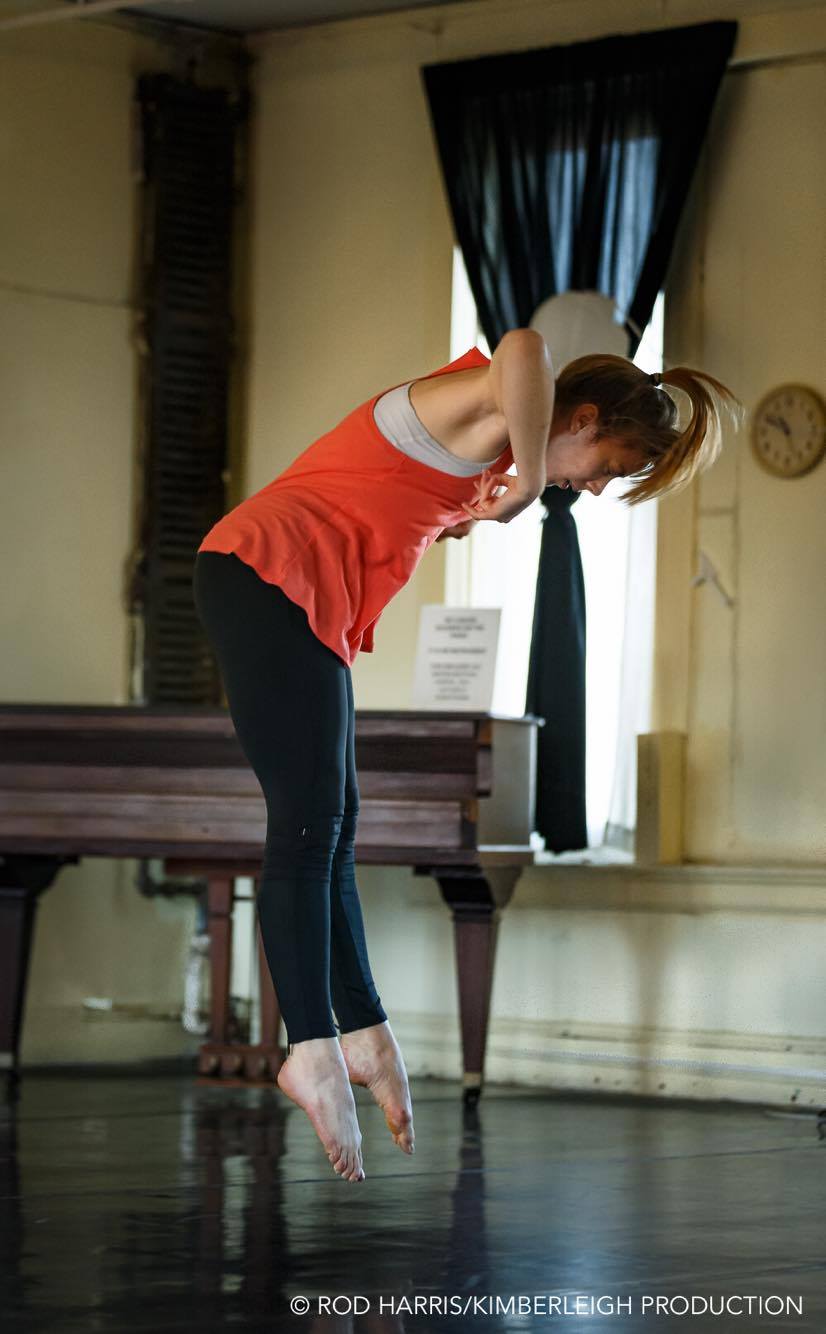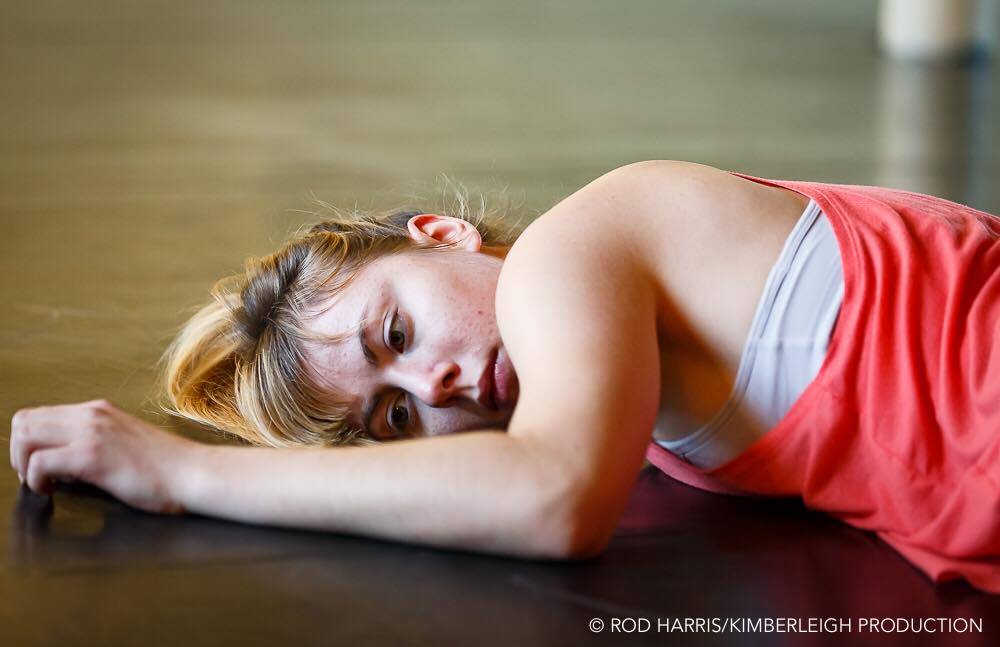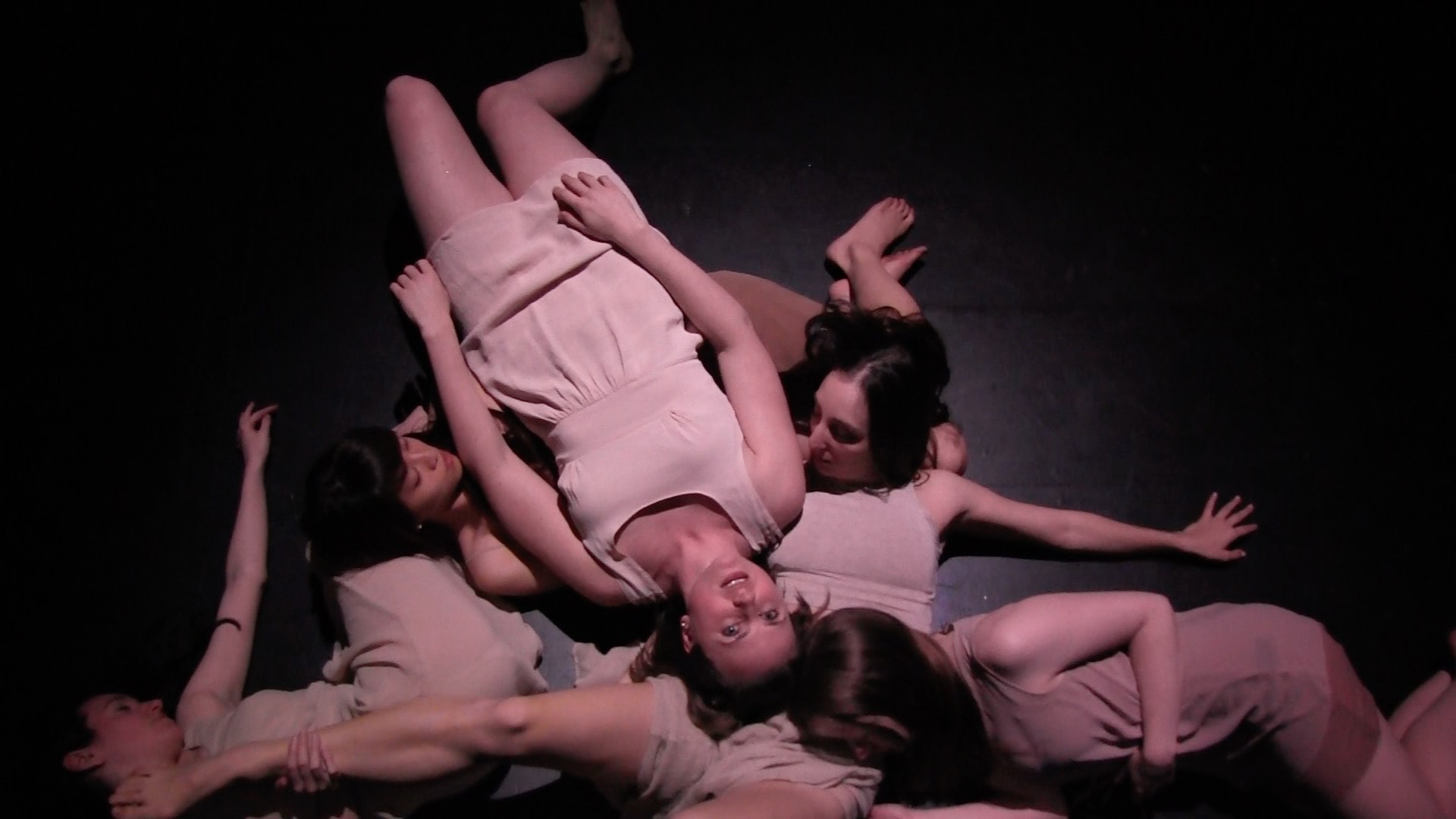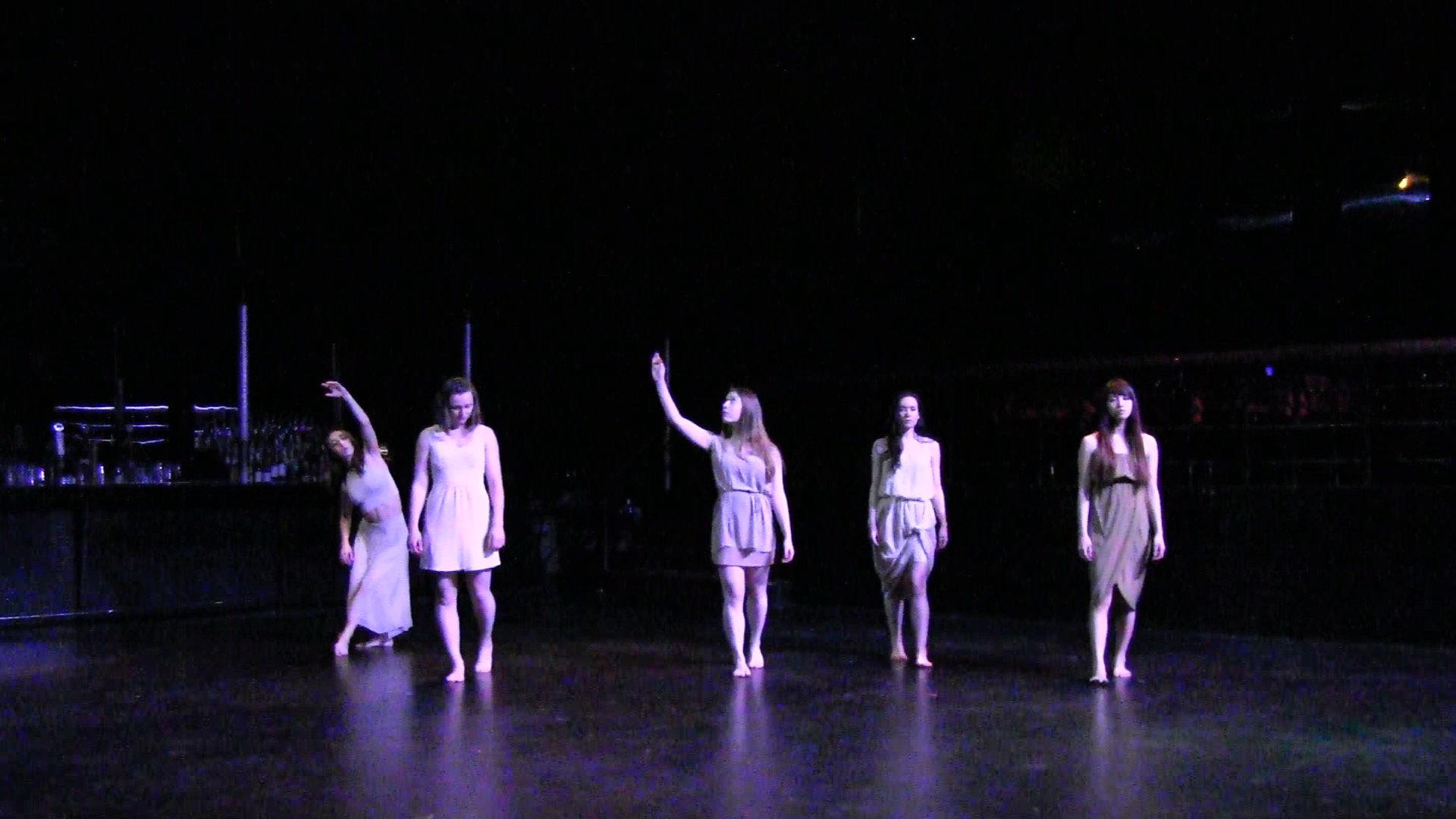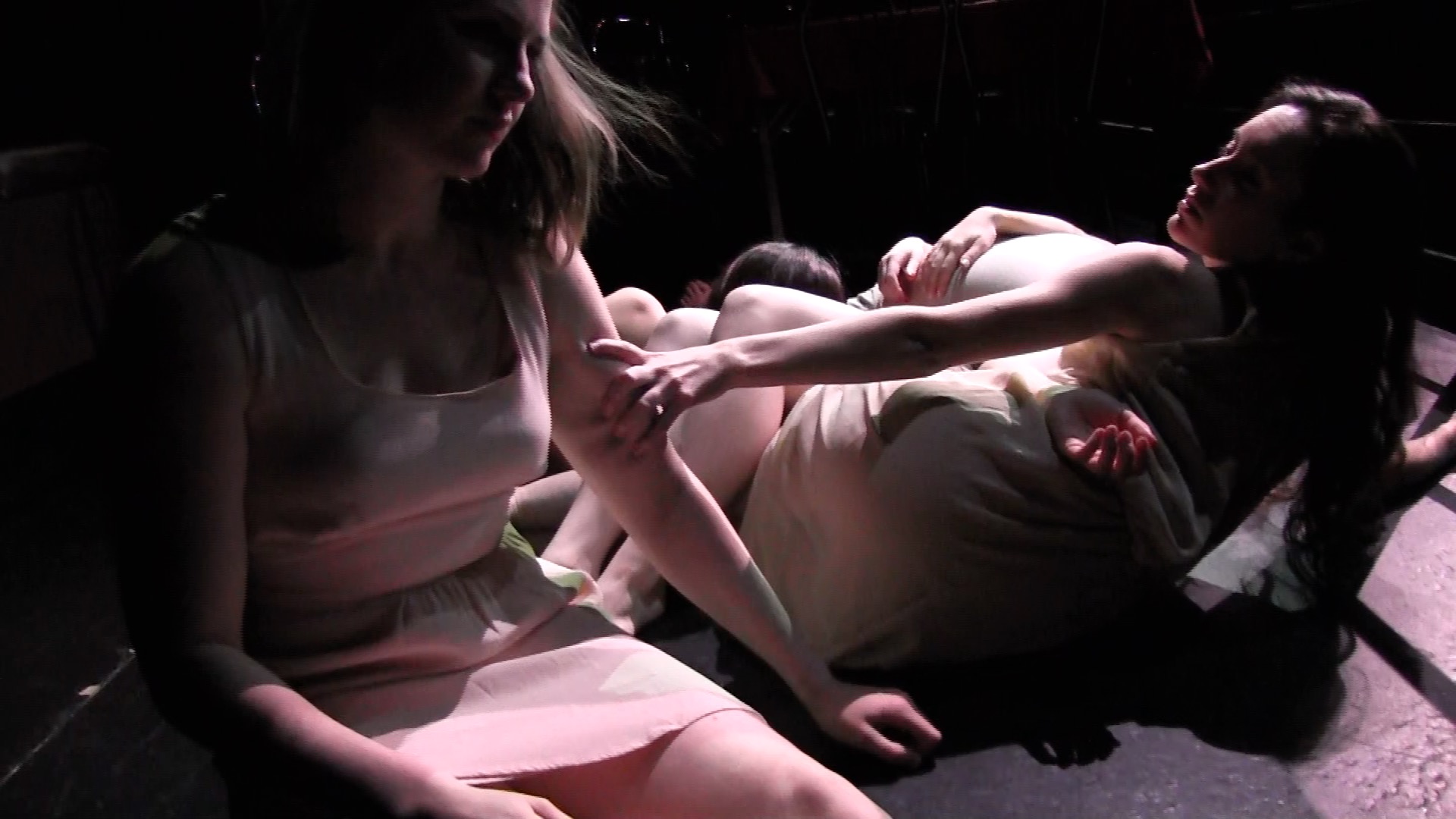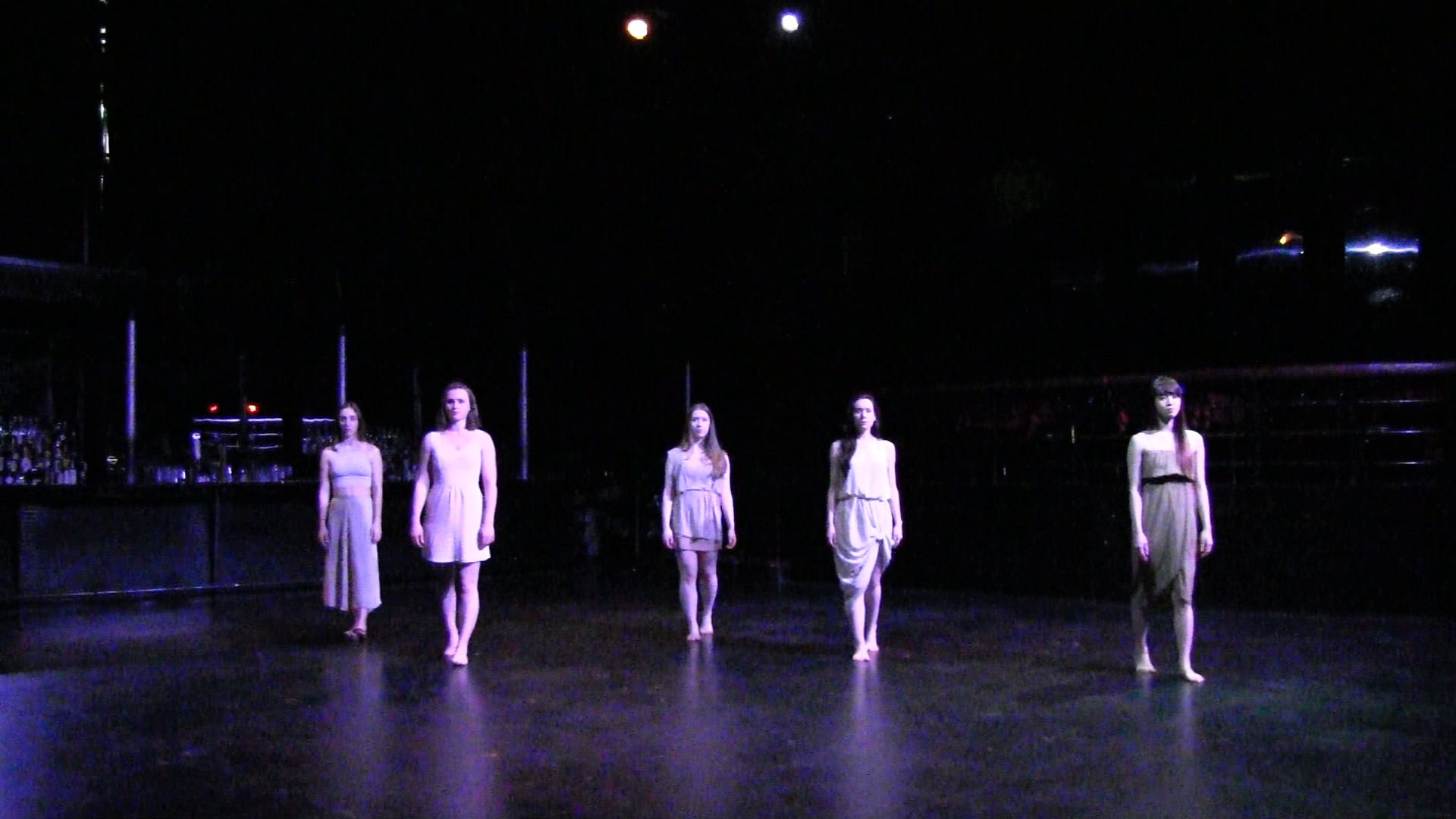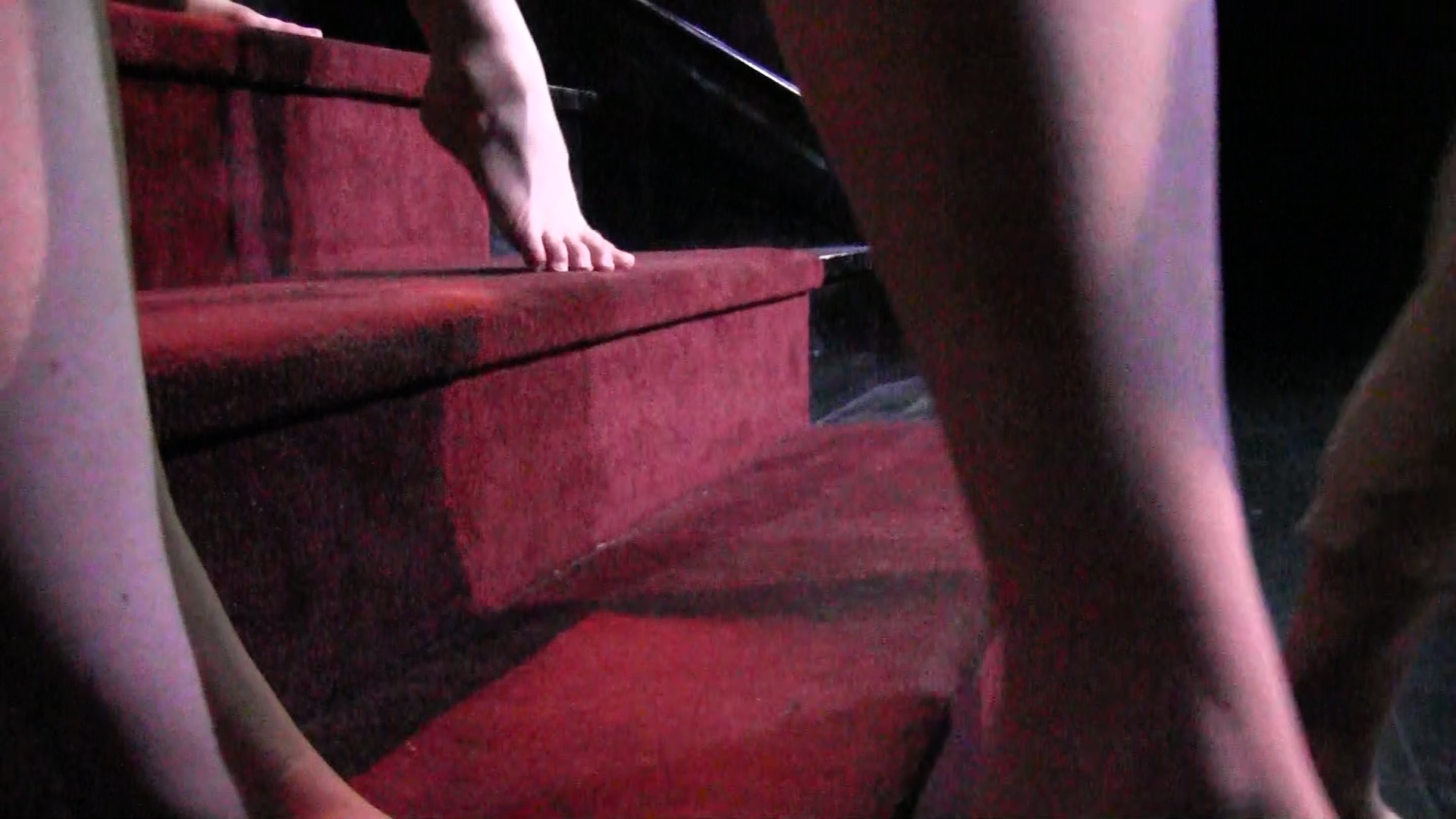More often than not I prefer not to define dance (if you've been to my blog this is old news). I feel a certain depth of infuriation when well-meaning patrons and peers attribute the form to the pursuit of a specific technique or subjugate the entire genre with a quantified assessment of physicality in the work. The need to define pushes audience members to focus on ‘getting it’ instead of allowing them the permission to sit back and observe, letting their senses balance and guide their path through a performance. This is not to point fingers directly at audience members, but of my experiences observing US viewing-culture, it’s perhaps not so much an individual’s bad habits as an epidemic. This rigidity enables viewers to pass judgement on their perceived success of a work based on if they can identify and classify the movement happening on stage. It’s worth noting that this distaste for parameters and qualifiers is likely due to the fact that my own work in dance tends to stray from technical display, I’m more interested in building statements from physical bodies in whatever way I find most fitting, and my own making bias and a history of viewers offering classification in response to my work certainly contributes to my opinions.
What I feel confident to state about dance is that it is ephemeral. The dance I seek out burns brightest in its brief live form— when its creators and performers realize how deep a platform they have to deliver something incredibly fleeting. This brevity makes everything high-stakes; touch and presence and embodiment are either authentic or artificial. With this statement I don’t mean to discredit artifice, which is truly an exciting tool, but I’m more enamored with the challenge of creating authenticity onstage, a delightful albeit daunting task. Successful dance has moments I can relate to and experience, certain circumstances delivered and decoded straight through the gut. These moments lend themselves to performances I fall in love with and declare war upon, my admiration and hatred coming from these visceral interpretations. The simplified version of this: dance provokes feeling.
Every now and then, aforementioned frustrations taken into consideration, I find myself so unmistakably in the presence of dance that all I can do is bask in such a moment of clarity. Gallim Dance’s W H A L E (which I attended February 11 at the Institute of Contemporary Art/Boston) provided such a brilliantly clear moment, embodying dance and constantly provoking reaction over seventy brief and captivating minutes. Risking hypocrisy with such a definitive statement, as I sat and watched the performers dive into the piece I realized that dance is getting it done, doing the work (the it, intangible, and the work, in this case, not so much the steps but the actions prompted by these extracts of life and conjectures of how love, sex, and domesticity exist in day-to-day life). The company members regardless of shape, size, strength or sex picked each other up, threw each other about the stage, ran up each other's bodies and invested themselves in the very presence of the piece— the action was all at once daily routine and lavish display. Commitment to a central line of inquiry from conceptual, physical and aesthetic perspectives all led to the success of the work as a whole.
Created by Andrea Miller and her company and collaborators, W H A L E is self-described as utilizing “radical physical language and impulsive narrative pace to juxtapose love, sex and domesticity. This piece trails the human pursuit to love and be loved, and navigates the expectations, anxiety, and forgiveness surrounding this struggle through moments of emotional vulnerability, sensual abandonment, and spiritual tribulation.” The work’s aesthetic, captured through intense and specific movement vocabulary and simple visuals, centered around the imperfect and uncomfortable, specifically vulnerability, intimacy and attraction. Miller’s movement, based in the Gaga style and influenced by her time in Ohad Naharin’s Batsheva Ensemble, is radical indeed, a perfect vehicle for the work. While Gaga as a movement language is about listening to one’s internal impulses it goes far beyond somatic pleasure, displaying as the quirkiest output of physicality, sensation, and thought— perhaps because it doesn’t adhere to a classical genre despite being performed by highly trained bodies. This absolute freedom in movement enabled the performers to share not just their brilliant physicality but glimmers of their own life experiences, impulses and instinctual reactions. Limbs moved as if they were suddenly animated by electricity, upper and lower bodies moved independently of each other in relation to the commands of the core, gestures of all sizes erupted from fingers, faces, and posture. I can’t imagine this work utilizing any other vocabulary and holding on to its ability to explore relationship to such depth.
Movement vocabulary led to various forms of partnering, and all performed physicality came directly back to experienced relationship, impressive, considering the vast and varied aspects of connection found in the work. In the first few moments of the piece, a performer ran up another performer’s body. It was such a straight forward aggression— the soles of one’s flat bare feet thudding up the surface of another’s body— and it was thrilling and reminiscent of the brutal aggressions one only has with someone that they hold incredibly close. A bit later a duet brought me to tears; Miller didn’t prescribe any sort of overt narrative here, but the performers fluctuated between such tender and vigorous treatment of each other’s bodies and trust that the moment couldn’t resist providing a sense of voyeuristic intimacy. Later, a woman ran infinite circles around a male performer only breaking her path to strike her partner again and again with body and firsts. Watching this segment transported me to earlier in the day where I was beyond frustrated with my own partner and couldn’t help the endless verbal jabs that I knew wouldn’t help the situation in the long run— here it was in physical form. Aggressive, tender, and ridiculous, every moment of partnering, duet and ensemble work reminded me of how there are some physical aspects of ourselves that only the most intimate partner will ever see. Beyond sex and physical intimacy, the obvious examples, a partner sees the ridiculous, absurd, embarrassing and silly physical successes and fails that are not often performed to one’s closest circle of family and friends. The physicality was so effective at reaching inside a viewer to point to our own stored memories that the work as a whole felt more personal an experience than a performance.
Aside from its brilliant movement, W H A L E’s visual and auditory ideas merged familiar Gallim Dance aesthetic—for example neutral lighting interspersed with vivid broad color washes, play with footlight and multi-dimensional shadow, a brilliant sound score blending percussion, pop music, live vocals and electronic sound— with the effective use of nudity and scenic design in the form of a large tarp. Since vulnerability is a massive component of love, sex and relationship I expected it to be explored throughout the work, but I was surprised to see it not just accomplished through performance but through such aesthetic as simple plastic sheeting as the sole scenic element. The second half of the first act featured a naked man both dancing solo and amidst three clothed peers. He danced vigorously by himself across the space and throughout the milky-white slightly translucent tarp that came to life with light and almost swallowed the man up like a cloud, despite its constant plasticky rustling. In the quartet work he tried to nestle himself into the tight formations of his fellow performers, who continuously seemed to squeeze him out of the group, poignant given his bare state. His sweaty body, after such athleticism, and proximity to the other performers asked us to evaluate comfort zone, to confront that intimacy isn’t always clean and pretty. Beyond what was happening onstage, I found myself tuning in to those sitting around me; who was comfortable, who started to squirm or question where they placed their gaze? The man sitting next to me reached for his female partner’s hand. From across the room I heard a quiet giggle. The woman in front of me tensed up and didn’t know where to look. We revisited naked human bodies at the end of the second act, when each performer meditatively tumbled across the stage in various states of undress, each in an invisible lane, before quickly sprinting for clothes as they began to sing Nat King Cole’s ‘L-O-V-E’ and find space for bows. In this instance vulnerability gave way to humor, another aesthetic choice for another discussion.
While still digesting W H A L E a few days post-show, I was disappointed to read a handful of mediocre reviews in Boston-area papers, amidst what feels like a local “make art literal again” movement. I absolutely believe each and every viewer should have a different experience, art is thrilling because of its endless varietals. The critical responses to the show, however, seemed to discredit its lack of dance and dance within developed concept which, love or hate what Gallim Dance presented, just wasn’t the case. What I extract from this viewing experience is support for my theory that the need to label and define work takes away from the viewing experience. When we throw away trepidations about what defines a genre and what the rules for the stage space are, we get work as brilliant as Gallim Dance’s W H A L E. I think those individuals that focused on unidentifiable/nontraditional movement vocabulary, verbalizing dancers, and nudity, had a far inferior viewing experience than that of those who simply took in a highly visual and articulate statement on relationship.

